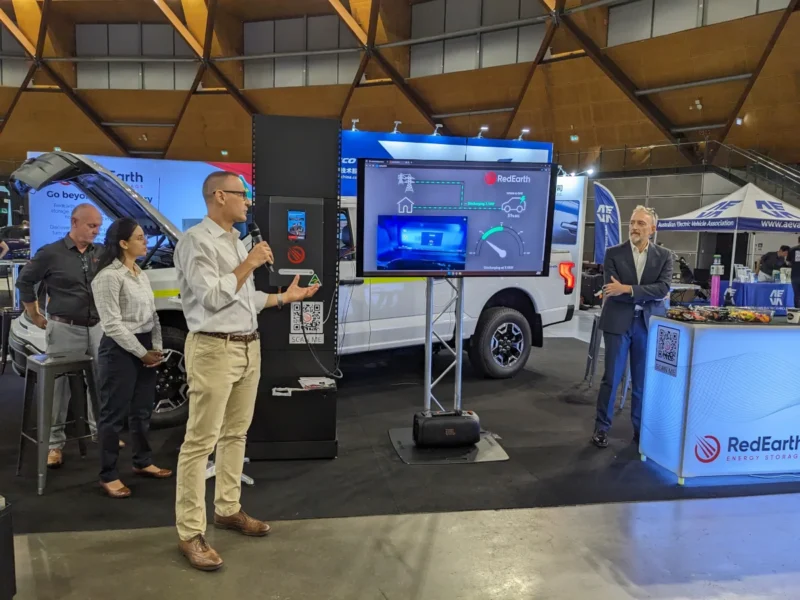As much mystery surrounds the imminent arrival of vehicle-to-grid (V2G) chargers in Australia as there are cars able to use them.
And so far, only a handful are known to be aiming for local registration.
The list of V2G-enabled cars available in Australia is slim, with major potential providers either still in R&D, or holding back from the nascent market here for reasons possibly as diverse as they are worried about battery degradation, they don’t know, or they can’t be bothered.
Whatever the case, EV owners will mostly be relying on a suite of third party bidirectional chargers, even though all are yet to be officially certified by the Clean Energy Council (CEC).
Options for AC V2G onboard chargers, the only technology able to handle bidirectional charging entirely inside the car, are still the realm of the Renault R&D people (and maybe Tesla) and subject to incomplete standards.
This list below covers chargers going through the CEC process or which have been confirmed will be available in the Australian market in future.
The CEC doesn’t track data specifically pertaining to V2G EV charger product certifications because they come under the inverter category, a CEC spokesperson said.
But he confirm the Sigenstor charger is the only manufacturer today with a suite of products that are capable of bidirectional EV charging on the CEC’s approved product list.
Because they are third party chargers, each must be tested with individual EVs, and with the local electricity network owners, as Sigenergy has managed to do in NSW in what it hailed as a “landmark” for the technology.
| Charger | Provider | Size | Connector | Date available |
| Numbat | V2Grid | 7kW, with R&D on 22kW and 40kW chargers underway | CHAdeMo and CCS2 | 7kW available for order now |
| SigenStor 5-in-1 Home ESS | Sigenergy | Up to 25kW but conditional on an EV’s capabilities | CCS2 | Available to buy now |
| Ambibox | Redearth | 11kW | CCS2 | A three-phase charger will be released in Australia in July, and a single-phase version will come later in the year |
| Quasar 1 & 2 | Wallbox | 12kW | CHAdeMo and CCS2 | The CHAdeMo version (1) is already approved in South Australia via an exemption to national inverter standards. It’s unclear if or when the CCS2 version will be brought to Australia |
| Halo | Starcharge | 11kW | Confirmed to ZeCar they are considering a release in Australia in the first half of 2025 |
The maybes and flat out noes
Other bidirectional chargers are available, or coming available, around the world. But few of these are likely to be available in Australia in the near future.
Delta says it has a next-generation AC charger under development now, with a view to introducing it to Australia in 2026.
SolarEdge has “hit pause” on its V2G charger because of the still-uncertain standards and small initial market, says technical director James Sturch.
“It’s going to be some years before this type of product becomes desirable and able to be produced at an international scale, at which time we will most likely re-release our product,” he told The Driven.
Autel Energy is taking a similar position. A spokesperson from Chinese company confirmed to The Driven that its MaxiCharger V2X isn’t available in Australia and there’s no plan to introduce it.
“If there are new updates on the market development, we will evaluate again,” a spokesperson said.
Enphase launched the IQ EV Charger 2 in March in Europe, but hasn’t committed to bringing it to Australia.
Brendan Wheeler, cofounder of EV charger retailer EVSE Australia, confirmed that Ocular has plans to release a DC and AC V2G charger.
The company itself says it’s “working on the next generation of bidirectional products”.
Other companies with V2G chargers on the market or close to include Fermata, local company Rectifier Technologies, Myenergi and Ford, but none responded to questions about whether these will be available in Australia.
* This article has been updated with comments from the CEC.

Rachel Williamson is a science and business journalist, who focuses on climate change-related health and environmental issues.

